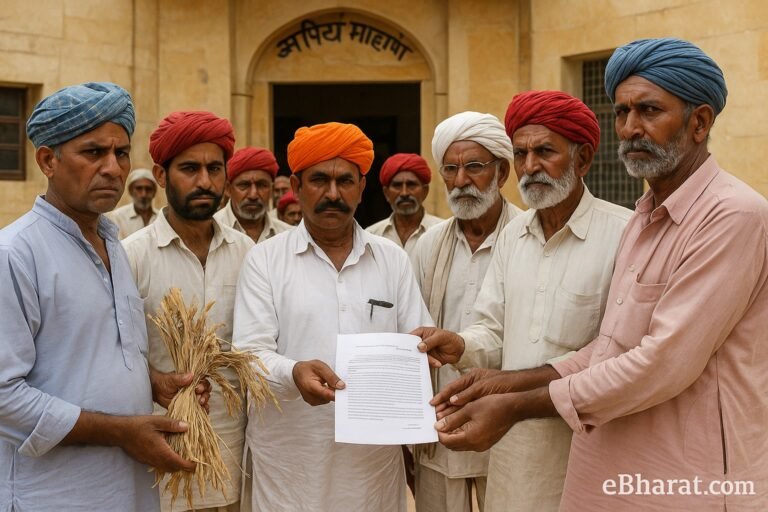
The Insurance Regulatory and Development Authority of India (IRDAI) has set October 15, 2025 as the deadline for insurers to submit their Second Quantitative Impact Study (QIS 2) under the Risk-Based Capital (RBC) framework. This directive uses financial data as of March 31, 2025, and marks an important step toward shifting India’s insurance sector from a fixed capital requirement model to a risk-sensitive solvency regime.
Why QIS 2 Matters
The QIS 2 exercise is designed to help IRDAI understand how the new RBC norms will affect capital adequacy, solvency margins, and risk management practices across the life, non-life, and reinsurance segments. Under RBC, insurers will be required to hold capital proportional to the risks they underwrite—covering underwriting, market, credit, and operational risks.
According to industry analysts, moving to an RBC regime will:
- Encourage prudent underwriting and risk diversification.
- Prevent excessive capital strain for low-risk insurers.
- Align India’s regulatory framework with global standards like Solvency II.
Preparation Challenges
While many insurers have improved their data management and actuarial capabilities since the first QIS in 2024, the second round will require more granular and scenario-based reporting. Industry experts note that aligning internal systems with IRDAI’s templates and validating risk data may be challenging for mid-sized players.
IRDAI has indicated that the findings from QIS 2 will influence the final RBC design and phased implementation strategy, which could begin as early as 2026 and run through 2027.
Industry Outlook
The RBC framework is expected to enhance policyholder protection by ensuring that insurers remain financially resilient during market volatility or high-claim years. It will also likely encourage greater transparency in the sector, helping attract global investors.
📢 CTA (Bottom of Article):
India’s insurance regulations are evolving fast — stay informed and make smarter policy choices.
Follow eBharat.com’s Insurance News for Updates »













